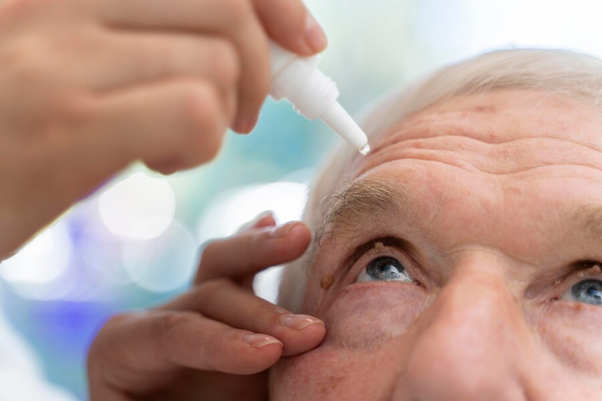Glaucoma is a term used to describe a group of eye disorders that damage the optic nerve, leading to vision loss. The most common form of damage in glaucoma occurs when fluid builds up in the front part of the eye, increasing intraocular pressure (IOP), or eye pressure. Over time, this elevated pressure gradually damages the optic nerve. If left untreated or poorly managed, glaucoma can result in permanent and irreversible vision loss, ultimately leading to blindness.
Symptoms and Causes
Glaucoma can be challenging to detect early as some types may not exhibit noticeable symptoms. However, when symptoms do occur, they can include:
- Eye pain or pressure
- Headaches
- Seeing rainbow-colored halos around lights
- Blurred vision
- Narrowed vision (tunnel vision)
- Blind spots
- Nausea and vomiting
- Red eyes
The primary cause of glaucoma is elevated intraocular eye pressure, resulting from increased resistance in the eye's drainage canals. The fluid called aqueous humor, responsible for nourishing the eye, can't flow out properly, leading to a buildup of pressure and damage to the optic nerve. Several risk factors contribute to the development of glaucoma, including:
- Age (risk increases with age)
- Ethnicity
- Diabetes
- Family history of glaucoma
- Farsightedness or near-sightedness
- High or low blood pressure
- Long-term use of corticosteroids
- Previous eye injury or surgery
Diagnosis and Tests
Early detection is crucial for managing glaucoma effectively, as damage to the optic nerve is irreversible. Regular eye exams, including the following painless tests, are essential:
- Dilated eye exam
- Gonioscopy
- Optical coherence tomography (OCT)
- Ocular pressure test (tonometry)
- Pachymetry
- Slit lamp exam
- Visual acuity test
- Visual field test (perimetry)
Management and Treatment
While there is no cure for glaucoma, various treatment options can help manage the condition and prevent further vision loss. The choice of treatment depends on the type and severity of glaucoma:
- Medications (Prescription eye drops)
- Laser therapy
- Surgery (Traditional surgery and minimally invasive glaucoma surgery (MIGS))
Prevention
Preventing glaucoma involves early detection and managing risk factors. Regular eye exams are essential, and the frequency of these exams should increase with age and risk factors. It is recommended that:
- Individuals at high risk undergo glaucoma testing every one to three years after age 35.
- Those between ages 40 and 54 have eye exams every one to three years.
- Individuals aged 55 to 64 should have exams every one to two years.
- People over 65 should have exams every six months to one year.
Living With Glaucoma
Living with glaucoma requires active participation in your eye care regimen. It is essential to adhere to your prescribed treatments, whether they involve eye drops, laser therapy, or surgery. Regular follow-up appointments are crucial to monitor your condition's progress.
When to Call Your Doctor?
If you experience any of the following symptoms, contact your doctor promptly:
- Blurred or low vision
- Halos, eye floaters, or flashers
- Sudden, severe eye pain or headaches
- Sensitivity to light
- Vision loss
Outlook and Prognosis
The outlook for individuals with glaucoma is promising when detected early and managed effectively. While it is a chronic and progressive condition that can lead to some degree of vision loss over time, treatments can slow down disease progression and prevent further vision loss. Timely intervention significantly improves the chances of preserving your vision.




